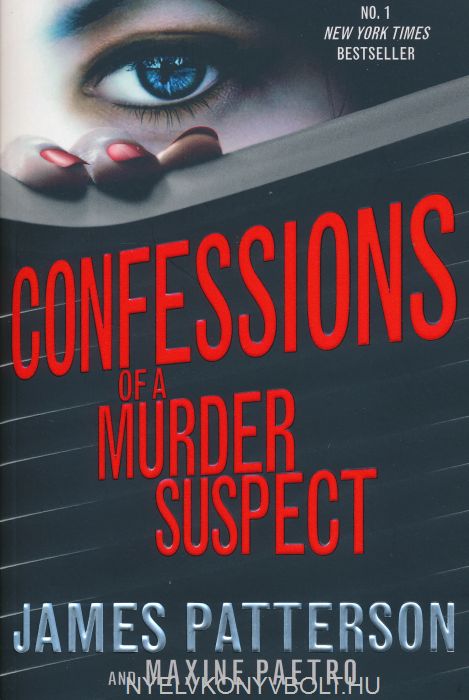

His body was tied with barbed wire to a cotton gin fan and thrown into the Tallahatchie River.

Patrick Weems, project coordinator at the Emmett Till Interpretive Center, a museum in Sumner, Miss., said, “I think until you break the silence, there is still that implied consent to the false narrative set forth in 1955.”įour days later, he was kidnapped from his uncle’s house, beaten and tortured beyond recognition, and shot in the head. It really speaks to history, it shows what black people went through in those days.” “It’s important to people understanding how the word of a white person against a black person was law, and a lot of black people lost their lives because of it. “I was hoping that one day she would admit it, so it matters to me that she did, and it gives me some satisfaction,” said Wheeler Parker, 77, a cousin of Emmett’s who lives near Chicago. Donham, or anyone else, as an accomplice in the murder. But in 2007, a grand jury decided not to indict Ms. rediscovered the long-missing trial transcript.

The Justice Department began an investigation into the Emmett Till lynching in 2004, Emmett’s body was exhumed for an autopsy, and the F.B.I. The case has refused to fade, revived in a long list of writings and works of art, including, recently, “Writing to Save a Life: The Louis Till File,” a book that unearths the case of Emmett’s father, a soldier who was executed by the Army on charges of murder and rape.


 0 kommentar(er)
0 kommentar(er)
